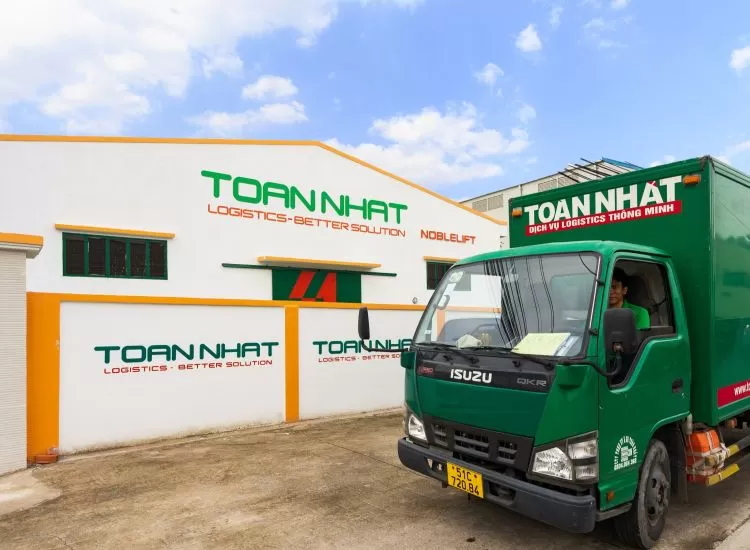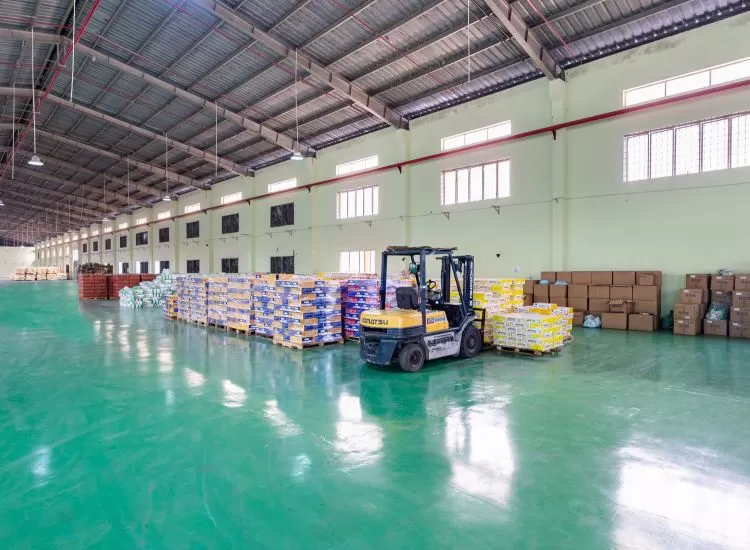Global Shipping Market Faces Growing Challenges
The global shipping market is facing a number of challenges, including slow recovery in demand, potential overcapacity, volatile freight rates, regulatory changes and alliance restructuring.
.webp)
Sea freight demand trends: Slow recovery
The global shipping market is witnessing a mixed recovery as demand patterns shift following China’s Golden Week. Despite generally cautious consumer sentiment and weaker global trade momentum, some routes are showing signs of recovery. For example, Asia-America and intra-Asia trades have seen stronger-than-expected demand growth recently, although broader market PMI data reflects continued contractions in output and new orders.
How does this impact the market?
The sluggish economic environment, marked by lower export orders and limited manufacturing growth, has highlighted the need for carriers to be dynamically adaptive. While global trade has not yet returned to pre-pandemic levels, container volumes are stabilizing on key routes.
Capacity and Fleet Development: Record Ship and New Ship Deliveries
Up to 2.5 million TEU of new containership capacity has been delivered through 2024, with an additional 0.5 million TEU expected before the end of the year. However, the record deliveries coincide with the world’s aging fleet of vessels over 20 years old accounting for 2.6 million TEU of capacity. Despite rising maintenance costs, carriers have refrained from retiring these vessels, instead choosing to balance fleet renewals with operational needs.
Interestingly, the low scrapping rate highlights an operational dilemma. With port congestion and diversions on the rise, including in the Red Sea, and rising fuel costs, many carriers are reluctant to scrap older vessels.
Ocean Freight Rates: Volatile
Ocean freight rates have been on a downward trend since their peak in July, although they are starting to rise again after Golden Week. This volatility is due to carriers not adjusting capacity to meet low season demand. Carriers have now attempted to increase rates in November, but the sustainability of the increase remains uncertain given current market conditions.
Rates remain significantly higher than the same period last year. The continued volatility, combined with the risk of looming overcapacity, has left carriers in a precarious position. For shippers, this means uncertain cost structures and logistical challenges in securing slots.
Regulatory and Geopolitical Pressures: Strikes and Green Transitions
Regulatory challenges add another layer of complexity. The strike at US East Coast ports that ended on October 3 briefly disrupted port operations. While a wage agreement has been reached, unresolved automation and other contract provisions could lead to another strike after January 15, 2025. In parallel, carriers are investing heavily in LNG-powered vessels amid concerns about the supply of green methanol, a popular alternative to meet emissions reduction targets.
Alliance Restructuring: A Market on the Brink of Transformation
Amidst a major shift in shipping alliances, the 2M alliance between MSC and Maersk is set to disband in January 2025. This move has caused a shift in strategic positioning at many carriers. MSC plans to operate independently on the East-West trade lanes, while Maersk is partnering with Hapag-Lloyd under the Gemini Cooperation framework starting in February 2025.
In addition, the OCEAN Alliance agreement has been extended until 2032, ensuring continuity for its members, including COSCO, Evergreen and CMA CGM. Meanwhile, THE Alliance is transforming into a Premier Alliance, including Yang Ming, HMM and ONE.
Ocean Freight Market Outlook: Potential Challenges, Rates Unlikely to Return to Low Levels in the Near Future
Looking ahead, uncertainties abound. From potential changes to US tariffs to disruptions in alliance transitions, both carriers and shippers must prepare for operational and financial impacts.
Disruptions related to port infrastructure congestion remain a persistent threat. Despite these challenges, the post-pandemic recovery trajectory suggests that freight rates are unlikely to return to historic lows anytime soon.
See more:
- Structure and market share of shipping alliances change in 2025
- ZIM Updates Trans-Pacific Network
- Asia-Europe Rates Rise with December GRIs
- International shipping and logistics market update - Week 49/2024
- Air Cargo Takes ‘Wait-and-See’ Approach to US Tariffs and Positive Demand Outlook for 2025
- Global Container Shipping Industry Profits to Rise 'Hugely' in 2024
- Trump Wins US Presidential Election – 10 Key Questions for Container Shipping
- COSCO schedules: Vietnam - North America in Dec 2024
- SITC updates Vietnam-Intra Asia sailing schedules in Dec 2024
- Pacific Lines updates domestic sailing schedules in Dec 2024
>> Find Freight Rates Here.
>> Find Logistics Companies Here.
Source: Phaata.com (via DHL)
Phaata.com - Vietnam's First International Logistics Marketplace
► Find Better Freight Rates & Logistics Services!






























.webp)










.webp)